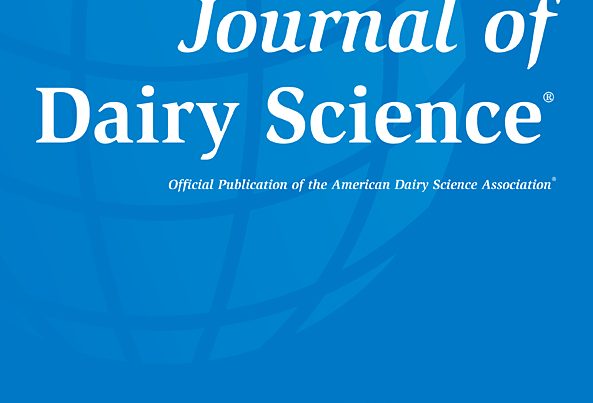Document type: Scientific review published in Animals
Authors: Konrad Wojnarowski, Paweł Podobiński, Paulina Cholewińska, Jakub Smoliński, Karolina Dorobisz
Preview: Nowadays, there is a growing interest in environmental pollution; however, knowledge about this aspect is growing at an insufficient pace. There are many potential sources of environmental contamination, including sex hormones-especially estrogens. The analyzed literature shows that estrone (E1), estradiol (E2), estriol (E3), and synthetic ethinyloestradiol (EE2) are the most significant in terms of environmental impact. Potential sources of contamination are, among others, livestock farms, slaughterhouses, and large urban agglomerations. Estrogens occurring in the environment can negatively affect the organisms, such as animals, through phenomena such as feminization, dysregulation of natural processes related to reproduction, lowering the physiological condition of the organisms, disturbances in the regulation of both proapoptotic and anti-apoptotic processes, and even the occurrence of neoplastic processes thus drastically decreasing animal welfare. Unfortunately, the amount of research conducted on the negative consequences of their impact on animal organisms is many times smaller than that of humans, despite the great richness and diversity of the fauna. Therefore, there is a need for further research to help fill the gaps in our knowledge.






